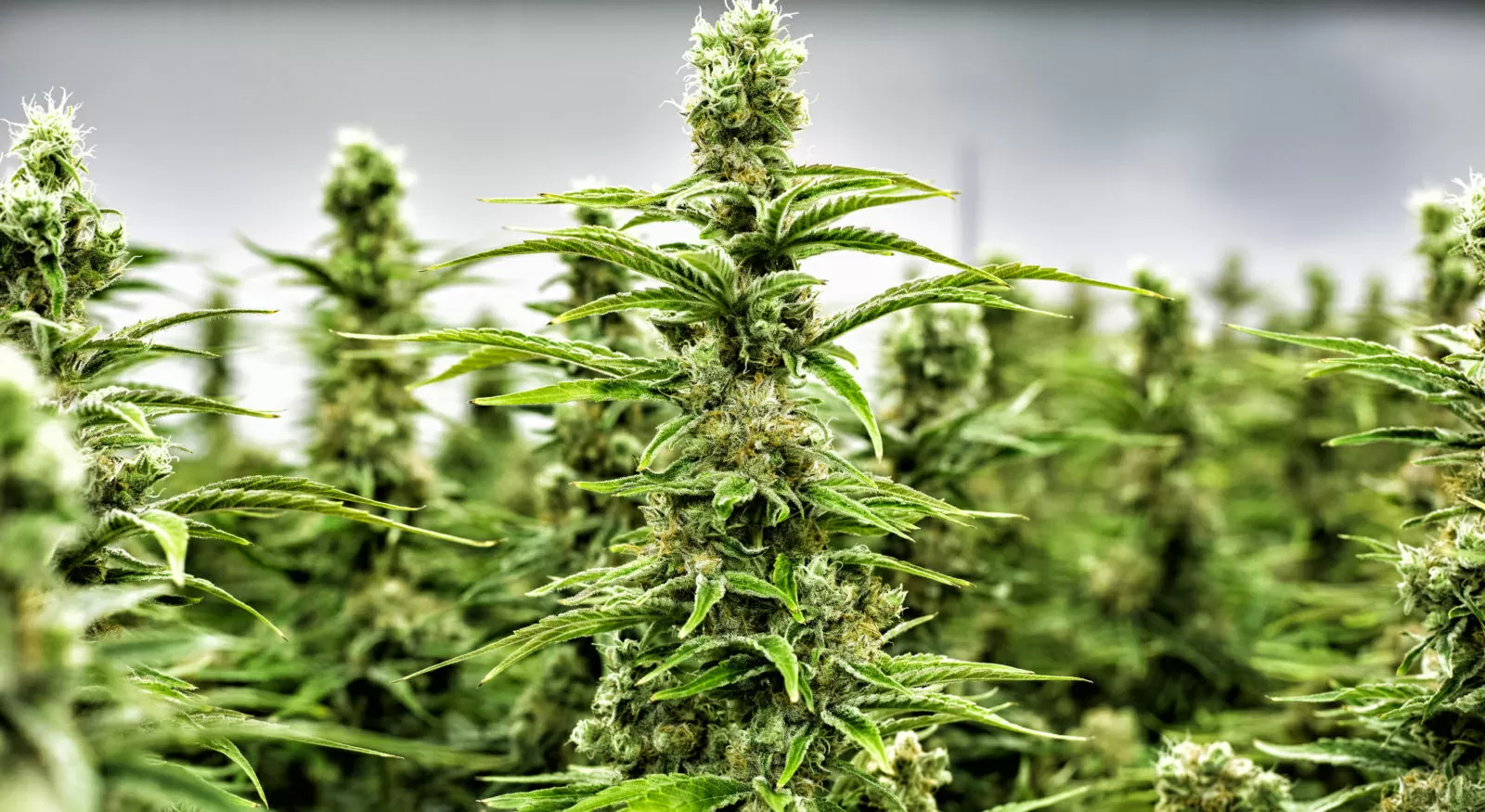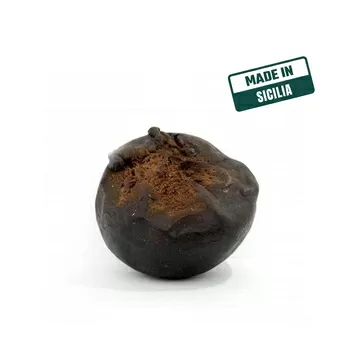Cannabis is an angiosperm plant species in the Cannabaceae family, which belongs to the order Urticales. In nature, there are three main species: Sativa, Indica and Ruderalis with associated subspecies.
Distinguished by the fact that it is an annual plant, it germinates in the spring, flowering in late summer when the hours of light tend to diminish.
Although 'physically' it can vary its morphology significantly, the cannabis plant generally reaches a height of around 1,5 / 2 metres on average: consisting of palmate foliage and a generally straight stem, it reproduces by anemophilous pollination, where pollen is carried by the wind.
Believed to have originated in Central Asia, where evidence of early cannabis cultivation dates back as far as 5.000 B.C., recent studies have revealed its presence in Europe even before that date.
Debated and still highly controversial, cannabis is today one of the most widely consumed and appreciated psychotropic and psychoactive plant substances as an alternative to tobacco, not only for recreational purposes, thanks to the presence of THC or tetracannabinol, but also and above all for the beneficial effects on the body that the active ingredient CBD or cannabidiol is able to confer.
Here, then, is a comprehensive guide to cannabis, from its origins to the present day, to its main characteristics, properties and applications.
What is cannabis
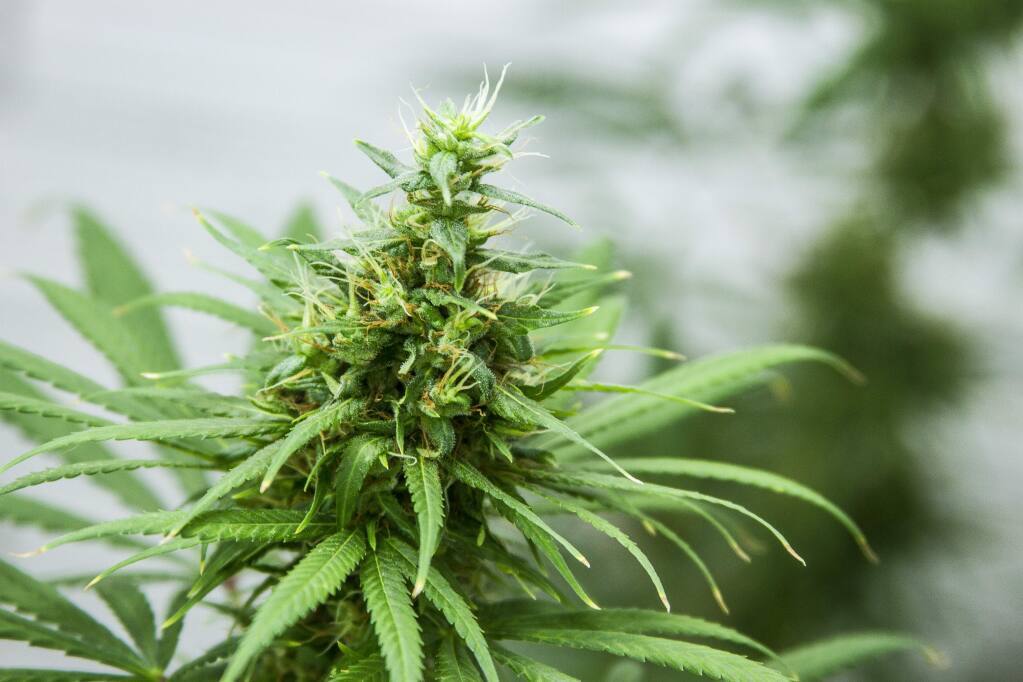
Cannabis is a botanical species belonging to the Cannabaceae family, proverbially known and appreciated because it produces all the hallucinogenic substances that make up marijuana and its derivatives. The best-known species of legal marijuana are sativa and indica, which differ not only in origin but also, and above all, in morphology.
There is also a third species, cannabis ruderalis, which is native to Siberia but not very common in the East and West, and is mainly used industrially.
There are many active ingredients, known as cannabinoids, concentrated mainly in the trichomes: the main ones, however, are CBD and THC, the latter being recognised for its strong psychotropic and psychoactive action that can have a significant effect on the sensory perceptions and motor skills of the user.
Commonly found mainly in inflorescences, it is the cannabinoid that contributes to making the plant material a full-fledged narcotic, as it stimulates the endocannabinoid system, affecting brain activity.
This is different for legal CBD, which is not psychoactive in any way, but is widely used in medicine and pharmaceuticals, with high pain-relieving and anti-inflammatory properties, and is an effective adjunct in the treatment of chronic pain.
The origin of cannabis is rooted in the distant past: authoritative historical sources document the earliest findings, even dating back more than 10,000 years in Romania and Taiwan, before spreading rapidly to other cultures.
However, the uses of the plant material have changed over the centuries: since ancient times, cannabis has been smoked and used as a medicinal substance. The Phoenicians wove cannabis fibres into the sails of their ships, while the Scythians used to vaporise it and then inhale its fumes.
It arrived in Europe around 500 B.C., particularly in Berlin. A few years ago, the discovery of marijuana seeds in a small urn, the use of which is still unknown, caused a sensation. What is certain is that cannabis was so popular that it quickly became widespread among the population, a situation that in 1884 prompted the Pope to ban its use, albeit with little effect.
From the diffusion of cannabis in Europe to the current success of light marijuana in Italy, more than a century has passed: today, the same plant material represents a real economic resource destined to cover a considerable share of the market, thanks to the introduction of depotentiated varieties of marijuana, which are perfectly legal and therefore free to consume.
Indica and Sativa: the two main varieties of cannabis
There are two main varieties of marijuana that are best known and appreciated today: indica and sativa cannabis.
The main differences between the two species are mainly external, and it was the American-born botanist Richard E. Schultes who described them exceptionally accurately.
While cannabis sativa appears taller and is characterised by elongated branches and narrow leaves, cannabis indica has a conical shape and broad leaves, all of which are macro-differences that can be traced back to their geographical area of origin.
Beyond the morphological differentiation, the indica and sativa strains have different effects, in both cases generated by the buds. While sativa cannabis is proverbially known for its stimulating and energising effects, indica cannabis is widely appreciated for its marked sedative and relaxing abilities.
Cannabis indica
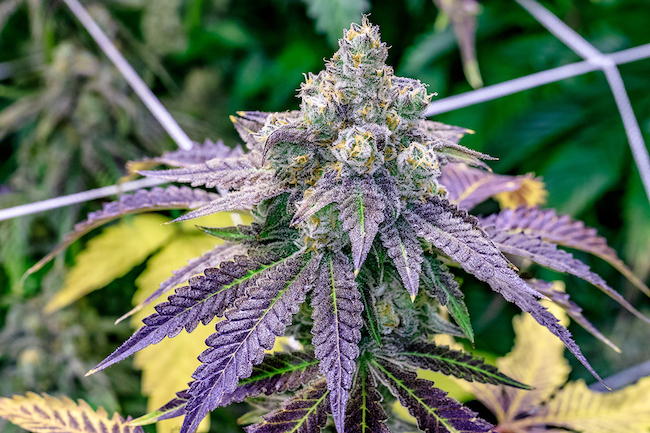
Cannabis Indica plants are native to the cold, dry climate and mountainous terrain of Nepal and India, where summers are generally cool and rather short.
In order to adapt to these environmental factors, Cannabis Indica has an extremely short flowering cycle, while developing dense, compact buds and a thick canopy. The compact size and rapid flowering make cannabis indica particularly suitable for indoor cultivation.
Plants can be handled with ease using the main training techniques, producing dense, heavy buds full of active ingredients concentrated in trichomes.
By virtue of a particularly short flowering phase, the Indica variety therefore allows for multiple harvests in a relatively short time.
Indica cannabis can have THC levels that can easily reach and exceed a concentration of 25%, which varies according to the methods used for cultivation. Its consumption leads to a predominantly physical and bodily effect characterised by a state of well-being and relaxation.
Cannabis sativa
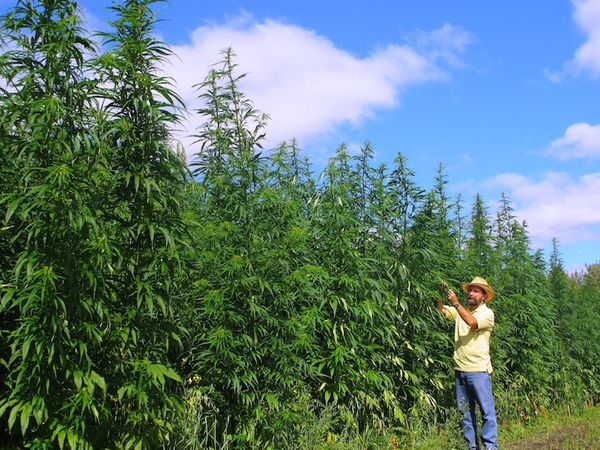
Cannabis sativa, on the other hand, is native to warmer, predominantly tropical areas, which means that it can grow wild in places such as Thailand, Vietnam, Colombia, and parts of Africa.
Cannabis sativa plants have therefore adapted to long, hot, humid summers by developing an elevated structure, characterised by wide gaps between internodes and branches, and soft, oversized buds, along with characteristic tapered leaves. In this way, any specimen belonging to this strain can easily protect itself from the high humidity levels of such areas, thus avoiding the risk of fungal, bacterial and parasitic contamination.
Sativa plants tend to reach considerable heights, so they are better suited to outdoor cultivation, offering noteworthy performance in warm, humid environments.
This variety has low THC concentrations of around 1-2% and rarely reaches 5%.
Main cannabis varieties
There are countless varieties of cannabis available, and while sativa cannabis appears to be generally appreciated for its typically euphoric and cerebral highs, indica cannabis varieties are known for their characteristic psychotropic, bodily and relaxing effects, and for their ability to quickly relieve stress and pain, giving wellbeing thanks to their strong sedative properties, which are also capable of aiding sleep and reducing anxiety.
Among the main marijuana strains is Purple Haze, which originated in the USA and belongs to the sativa strain, although it often has traces of indica. The plants are distinguished by their characteristic purple colour and are highly sought after due to their strong psychophysical effects and pain-relieving effect. At the same time, its use stimulates creative abilities, together with a pleasant feeling of euphoria and satisfaction.
Lemon Haze, a relatively new cannabis strain, is a cross between two of the most popular genetics, Amnesia Haze and Lemon Skunk. What makes this variety stand out are its characteristic inflorescences, which are always large, rich in trichomes and soaked in resin, which has an unusual THC or tetracannabinol concentration of up to 21%. The effects are therefore powerful and surprising to say the least, predominantly energising and stimulating, sometimes psychedelic, and ending with a perception of calm, well-being and tranquillity.
Equally popular with regular users is Amnesia Haze, a variety that stands out for its compact inflorescences, rich in crystallised resin and terpenes that give it its characteristic taste of cardamom and lime, marjoram and tangerine. The high presence of trichomes makes this variety suitable for the production of hashish, charas and extracts, while a THC concentration of around 22% results in psychedelic effects that promote creative stimulation, transforming this sensation into total relaxation depending on how it is taken.
Orange Bud is one of the marijuana strains considered to be a major player in the legal cannabis scene. The high concentration of CBD, appreciated by those who prefer to benefit from the effect of this active ingredient, undoubtedly determines the high quality of this sativa genetics.
The award-winning Super Skunk, widely distributed throughout the world, has a THC concentration of up to 15%-25%. Born from the hybridisation of Afghani varieties, its effects are considered to be dispersive, causing perceptions and sensations that vary according to the characteristics and personal situation of the individual at the time of consumption. The effects range from a state of euphoria and wellbeing to a simultaneous bodily and cerebral perception of what the user is experiencing at that moment.
Last but not least, the renowned White Widow, a hybrid variety of unknown origin but proverbially known for its extraordinary potency and concentration of active ingredients. Widely used for both medicinal and recreational purposes, it is ubiquitous in the most famous coffee shops in Amsterdam and the Netherlands.
These are just a few of the main varieties of cannabis, but we have selected the ones that are usually the most popular with regular users and amateurs alike.
Cannabis males and females: what they are and why knowing is important
Knowing how to distinguish between male and female cannabis plants is essential because by separating them early in the cultivation process we can avoid fertilisation of the inflorescences and the subsequent production of seeds, to the detriment of the quality of the plant material. The use of only female plants makes it possible to obtain high quality buds, known as sensimilla (from the Spanish for 'seedless').
At the same time, this separation gives the grower more control over the cross-breeding procedures and defines specific characteristics.
During the vegetative phase, male and female cannabis specimens appear identical. While females produce resin- and cannabinoid-rich inflorescences, males develop pollen-filled, budless sacs which provide the genetic material needed to fertilise the female inflorescence, resulting in what are known as hybrids. Male plants are thus proving crucial in breeding operations aimed at devising new cannabis strains.
Where cannabis is grown
Cannabis is a rather versatile botanical species, which means that it adapts well to different climatic conditions, even hostile ones, while guaranteeing optimal results. The largest producer of cannabis today is Morocco, with 47,000 hectares dedicated to cultivation, followed by Mexico with 15,000 hectares.
Nigeria is also present, followed by Lebanon and Paraguay. Cultivation is also widespread in the United States, Nepal, Afghanistan, India and Pakistan, as well as in Europe, where Russia, Ukraine and the Netherlands, followed by Spain, dominate a significant share of the market.
 Italiano
Italiano Español
Español English
English Français
Français Deutsch
Deutsch